By David Fitzpatrick from the August 2011 Edition
We tend to think of Manzanillo as a modern city with relatively little history. One has only to drive down Boulevard Miguel de la Madrid to see that there is nothing much that dates from before about 1970. It may come as a surprise, therefore, to learn that Manzanillo was one of the earliest cities settled by the Conquistadores in the 16th century, and before that it had been a major center for many centuries in pre-Columbian Mexico.
It is known that this region was inhabited as early as 2000 B.C. by a people called the Otomis. They were displaced by other nations and subsequently a number of peoples succeeded each other over the centuries1. In the 13th or 14th century, this region was conquered by the Tarascos, a nation related to the Aztecs of Central Mexico. At the time of the Spaniards arrival in the early 16th Century, the Tarascos ruled the second largest empire in Mesoamerica, after the Aztecs. They governed a vast area stretching from the State of Mexico to Guanajuato and from the shores of Lake Chapala to the Pacific Coast. Their capital was
“Tzintzuntzan”, at, or near, present day Colima. An important city in their kingdom (perhaps the second largest) was the fishing center – and already the seaport – of “Tlacotla”, meaning “place where there are conch shells”, located on the present day site of Manzanillo.
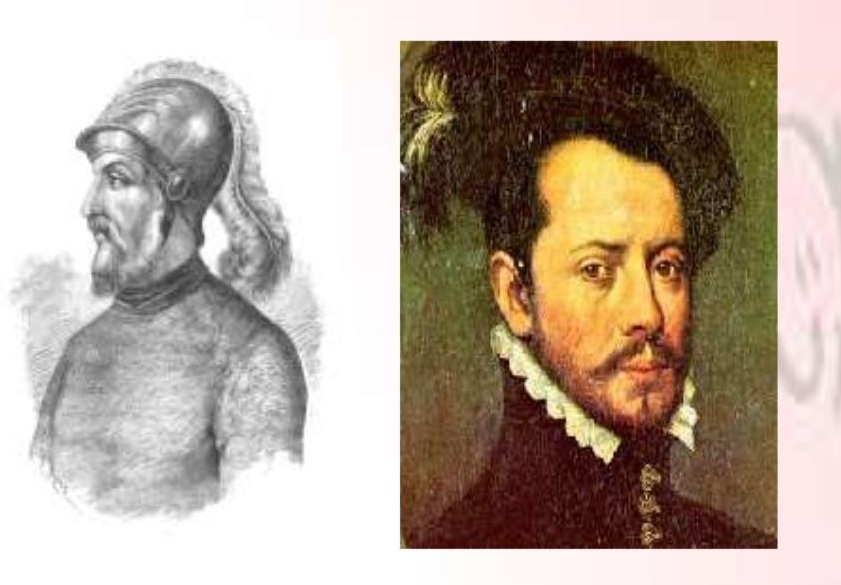
Soon after his arrival in Tenochtitlan (Mexico City) in 1520, the Spanish commander, Hernàn de Cortez, heard of this mighty kingdom to the west. He ventured as far as Tzintzuntzan where the local people told him fabulous tales of Chinese traders putting into port at Tlacotla (Manzanillo). He therefore ordered the conquest of the region, but on this occasion, did not go all the way to the coast himself. In 1522, the sea captain Gonzalo de Sandoval, under orders from Cortez, explored the Pacific Coast looking for safe harbours and even sites where ship- yards could be built. He dropped anchor in the Bay of Salagua and set up temporary headquarters in a small, protected cove where he remained for a year. At one point, he received the local chieftains on the beach and granted them an “audience” as though he were a king. To this day, the beach is called the “Playa de la Audencia”.
It was not until 13 years later that Cortez finally explored the area personally. In 1535, reacting to rumors that a Portuguese fleet was assembling in the waters off Manzanillo, he led an expedition to the area. He established the headquarters of his defensive force at the northern end of a bay which he named “Bahia de Santiago”.
During the following decades, Manzanillo became a major port for Spanish ships sailing for the Philippines, and other points in the Orient. It was also a point of departure for expeditions to Baja California, and other destinations on the Mexican Coast. Pirates from Britain, France, Holland, and Portugal habitually hovered in the open ocean just of the Manzanillo Coast in hopes of plundering the richly laden galleons coming and going from the port.
The first ship- yard in Latin America was constructed at Manzanillo in the middle of the sixteenth century, taking advantage of the copious supply of Manzanilla trees (from which the city was to take its name) in the surrounding forests. The ships built here were soon to constitute the back-bone of the Spanish fleet in the Pacific.
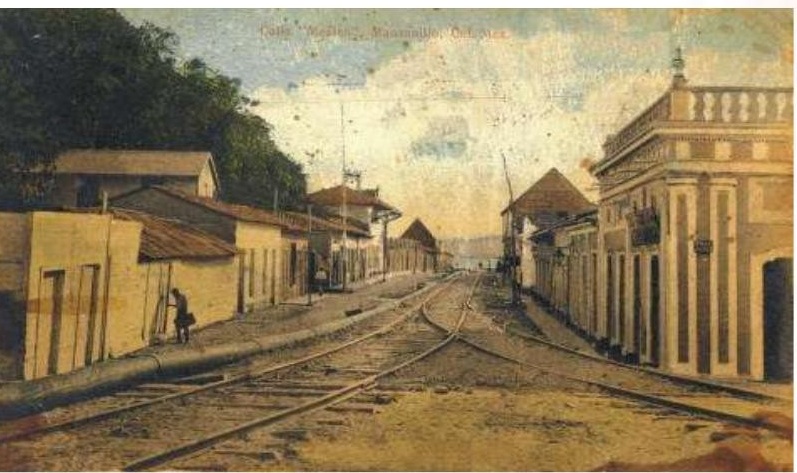
In 1540, Colima was connected by road to Mexico City. Soon thereafter, the road was pushed through to Manzanillo. The port of Manzanillo and the land route to Mexico City were to serve as important links in the Spanish Crown’s transportation system, connecting the Orient and the Pacific Coast to Central Mexico and ultimately, to Spain.
By the middle of the century, Manzanillo was developing rapidly and everything indicated that it would soon grow into a major city. But then came one of those unaccountable decisions often made by dilettantish officials sitting comfortably in offices in Europe, and innocent of any real understanding of their far- flung empires: In 1561, an official decree from the King of Spain declared that henceforth there would be only one official port of entry to Mexico on the Pacific Coast. This, it was announced, would be Acapulco.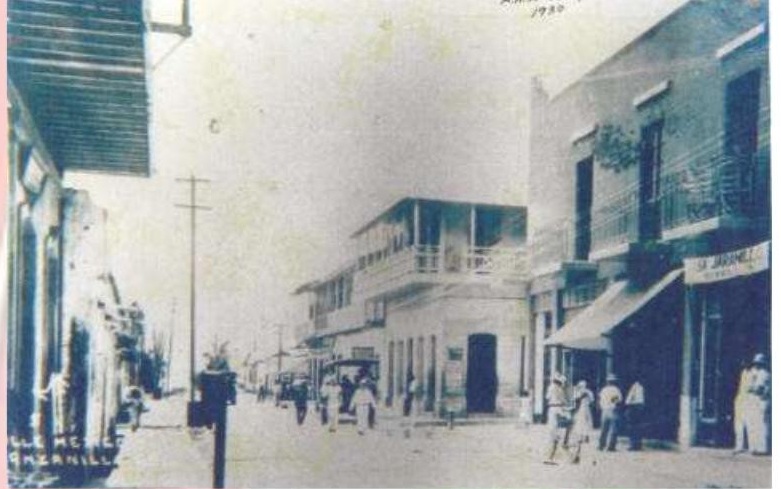
In one swift stroke, the bright hopes of all other ports on the coast were extinguished. One and all, they fell back to the status of isolated fishing villages and slept for more than two centuries. It was not until the dawn of the modern age that Manzanillo began to regain the size and importance it had enjoyed in the sixteenth century.
The re-awakening occurred only when the Industrial Revolution came knocking on the door. The Manzanillenses were reminded that they were part of a much greater world when the first telegraph wires came through in 1869. For several decades their connection to the outside world – consisting only of the telegraph – remained tenuous indeed. But in 1908, the railway made its appearance. And this always works a profound change on a community. It was suddenly only a few hours’ travel from Guadalajara, a city of whose existence Manzanillo had been only vaguely aware. Visits to Mexico City and indeed to all of Mexico were now within the possibilities of the average citizen. More important, Manzanillo was once again an important link in a vast transportation network connecting the Orient, America and Europe. At long last, a 250-year old error was corrected: Manzanillo was proclaimed an official port of entry into Mexico.
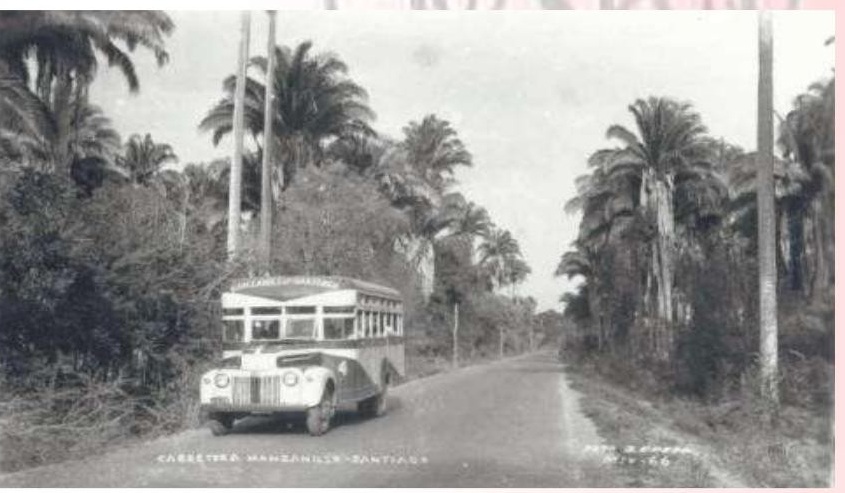
In the twentieth century, the harbour of Manzanillo was dredged, deepened, and enlarged in order to accommodate the largest of ocean-going vessels. This lengthy, ongoing process is part of our own daily experience as the twenty-first century advances.
If Manzanillo became aware of the great world, beyond the horizon, the great world was also taking note of Manzanillo and the charms it had to offer. Tourists began to arrive from all parts of Mexico, not to mention Canada, the United States, and Europe.
Today, we are witnessing the slow awakening of the Sleeping Beauty from her centuries-long slumber. We are front-row observers as a long dormant city finally takes its place among the major centers of the country – takes the place it would have assumed four centuries ago – had it not been for some short-sighted officials in Europe.
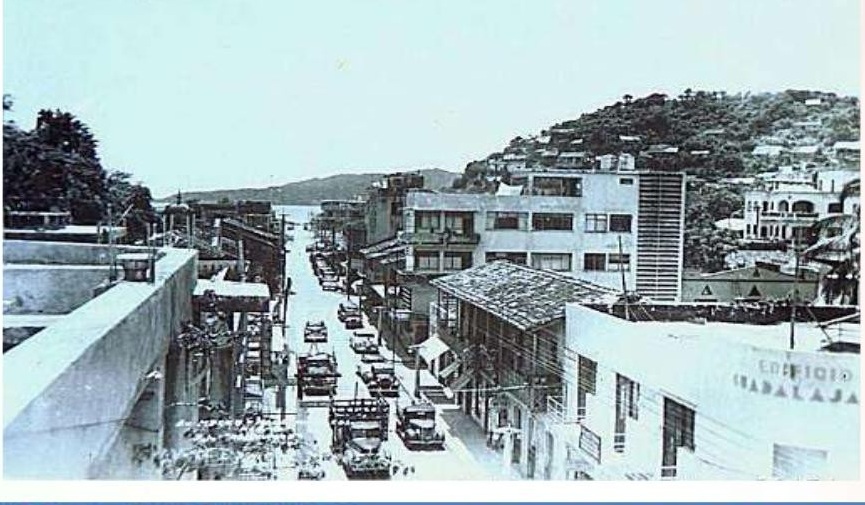
Download the full edition or view it online
Manzanillo Sun’s eMagazine written by local authors about living in Manzanillo and Mexico, since 2009

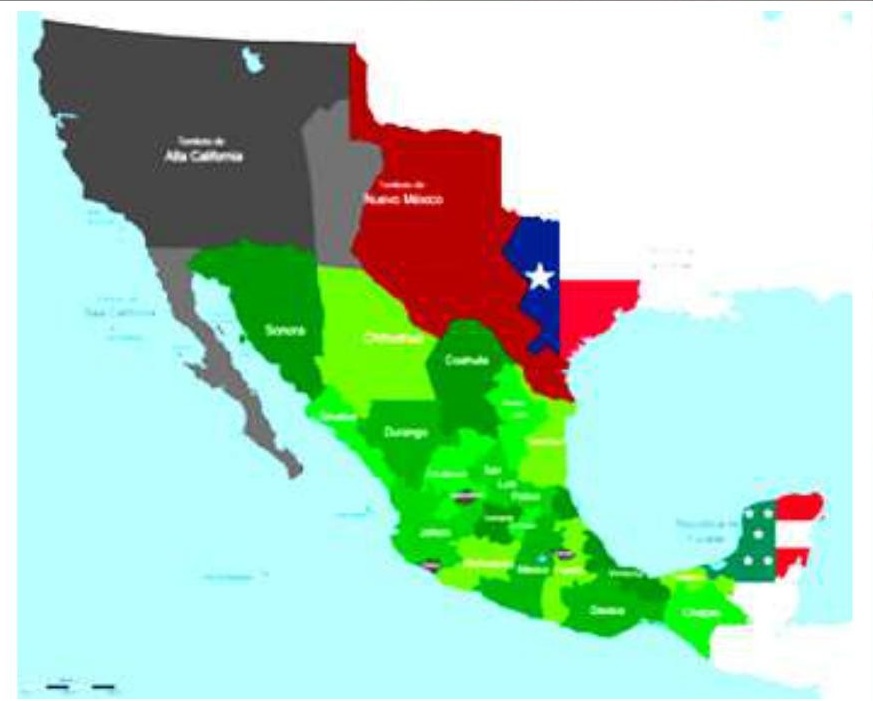
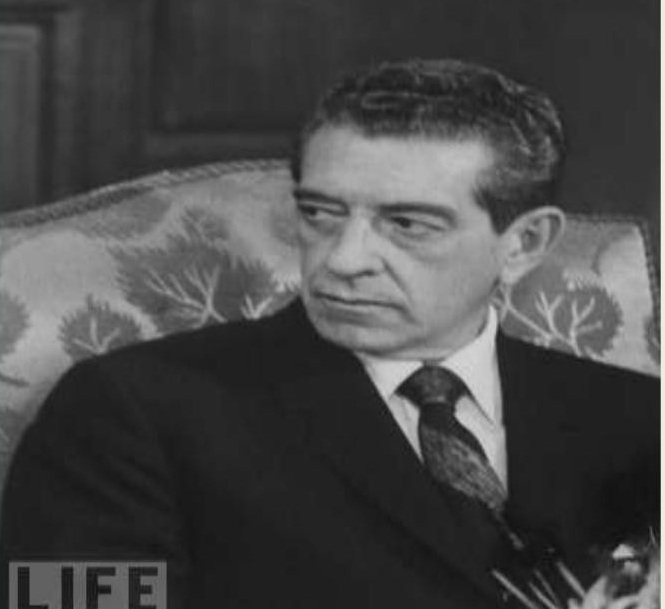

You must be logged in to post a comment.